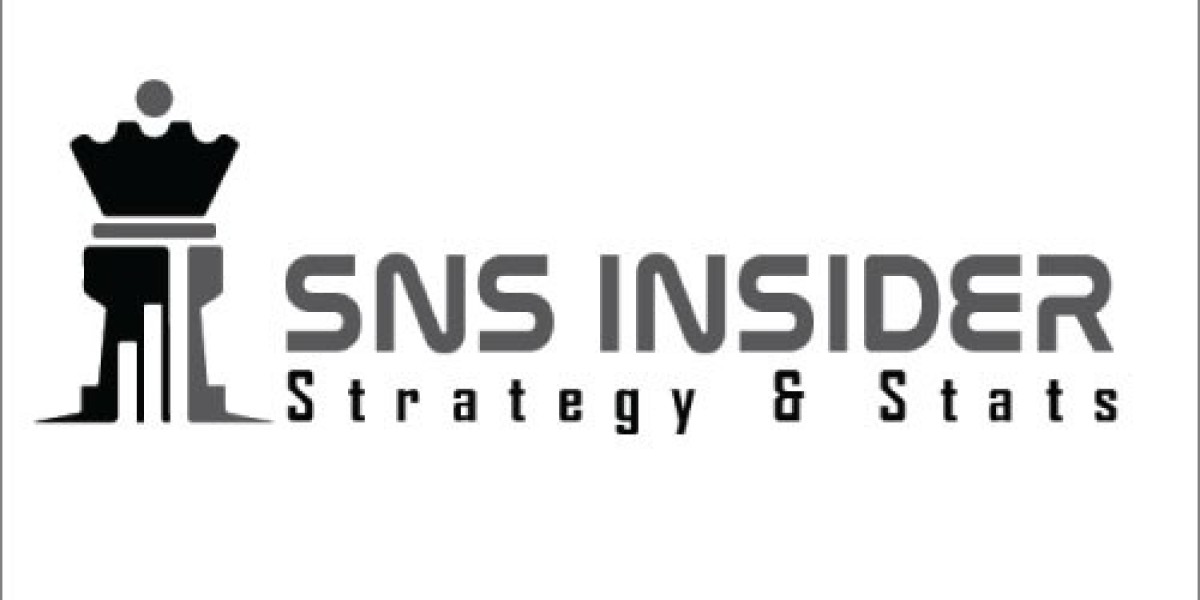Originally published by Quantzig: Supply Chain Adaptations: How Demand Capacity Planning Drives Growth and Agility
Strengthening Demand Capacity Planning for Supply Chain Resilience
In today's landscape, characterized by volatility and complexity in global supply chains, organizations are reevaluating their demand capacity planning strategies to enhance both competitiveness and resilience. This shift away from traditional, static methodologies toward more dynamic, data-informed approaches enables businesses to swiftly adapt to market changes, reduce operational costs, and optimize resource allocation. At the core of this transformation are advanced analytics, real-time data, and scenario-based forecasting—key elements that support flexibility and efficiency within the supply chain.
For more information, view this post
Key Components of Modern Demand Capacity Planning
This article highlights the critical components of contemporary demand capacity planning, demonstrating how companies utilize tools such as capacity forecasting, workload optimization, and real-time planning to thrive in today's fast-paced market.
Capacity Forecasting: The Backbone of Supply Chain Efficiency
Capacity forecasting is integral to effective supply chain management, focusing on estimating future production capabilities based on historical data and current market conditions. By accurately predicting demand, businesses can align their production capacity with market needs, preventing costly mismatches.
1. Leveraging Advanced Analytics
The application of machine learning and big data analytics significantly enhances the accuracy of capacity forecasting models. Techniques such as regression analysis and time series forecasting enable organizations to recognize demand patterns, leading to more precise predictions of future capacity requirements.
2. Proactive Disruption Management
By identifying potential capacity challenges in advance, companies can proactively adjust their production levels, thus minimizing the risk of bottlenecks. This forward-thinking management approach can result in considerable cost savings associated with urgent operational adjustments.
3. Informed Decision-Making Support
Dependable capacity forecasts empower businesses to make informed strategic decisions regarding investments, inventory management, and workforce allocation. Accurate predictions improve cash flow management by reducing excess inventory and optimizing resource deployment.
4. Enhanced Scenario Planning
Capacity forecasting is also crucial for effective scenario planning, enabling organizations to devise contingency strategies and recognize necessary operational changes before they arise.
For more information, view this post
Workload Optimization and Resource Management
Demand fluctuations can place substantial pressure on supply chains, making efficient workload optimization essential for smooth production operations. By implementing effective resource management strategies, businesses can dynamically allocate resources where they are most needed, enhancing productivity and minimizing downtime.
1. Boosting Operational Efficiency
Optimized workloads ensure that resources are neither overstretched nor underutilized, promoting balanced operations across various departments. Evaluating workload distribution allows companies to streamline processes and mitigate potential bottlenecks.
2. Real-Time Adjustments
Advanced algorithms provide organizations with the capability to make real-time modifications to resource allocation, enabling quick reactions to unexpected shifts in demand. Enhanced visibility into resource utilization supports agile decision-making.
3. Cost Reduction
Efficient workload optimization helps to avert issues like overstaffing and underutilization, resulting in savings that can be reinvested into vital business functions.
Operational Capacity Planning: Balancing Supply and Demand
Operational capacity planning is critical for synchronizing production resources with market demand. Striking a balance between supply and demand is vital for minimizing waste, improving service levels, and ensuring customer satisfaction.
1. Efficient Resource Allocation
Strategic resource distribution guarantees that demand is met effectively while avoiding unnecessary expenses. Approaches like just-in-time (JIT) manufacturing help to minimize excess inventory and reduce carrying costs.
2. Profitability Enhancement
Effective capacity planning decreases waste, thereby improving profit margins by ensuring supply closely aligns with demand.
3. Meeting Customer Expectations
Aligning supply with demand allows businesses to meet customer expectations, fostering loyalty and encouraging repeat business.
Implementing Real-Time Capacity Planning
In the current competitive environment, service level management (SLM) is essential for addressing customer demands while maintaining operational efficiency. Real-time capacity planning enables organizations to respond swiftly to demand fluctuations, ensuring production aligns with market conditions.
1. Fostering Customer Loyalty
High service levels are directly linked to increased customer satisfaction and long-term loyalty.
2. Enhancing Operational Agility
Real-time planning empowers organizations to adjust their operations based on current data, thereby mitigating disruptions in rapidly changing contexts.
3. Risk Mitigation
Ongoing capacity monitoring helps to prevent costly inefficiencies, a critical consideration in unpredictable industries.
Conclusion
The evolution of demand capacity planning is transforming supply chain management. By adopting innovative technologies and agile methodologies, organizations can boost operational efficiency, respond adeptly to market changes, and enhance customer satisfaction. From capacity forecasting to real-time planning, modern supply chain strategies present considerable opportunities for growth.
How Quantzig Can Assist
At Quantzig, we understand the challenges that businesses face in managing demand capacity planning in a rapidly changing market. Our expert team offers tailored solutions in demand forecasting, capacity management, and supply chain planning to meet our clients' specific needs. By leveraging advanced analytics and data-driven strategies, we empower organizations to optimize their operations and achieve sustainable growth. Partner with us to effectively navigate demand variability and enhance your supply chain performance.







